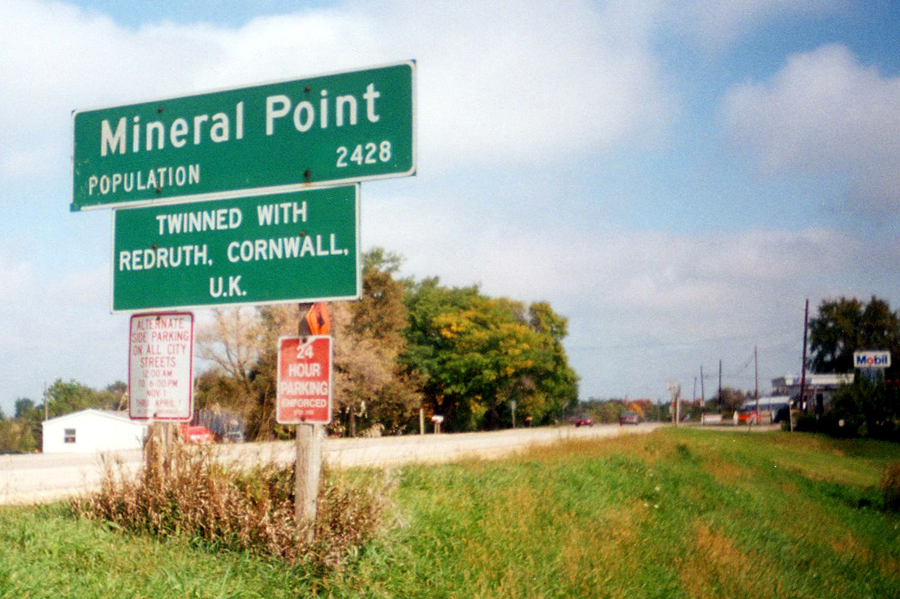Cornish Mining in North America
Balweyth Kernewek yn Amerika North
When the 19th century mining boom hit the American West, the Cornish were considered some of the best hard rock miners in the world. Many of them subsequently migrated and settled in North America’s many mining regions, including Pennsylvania, Michigan, Wisconsin, Illinois, Montana, South Dakota, Arizona, Utah, Nevada, Colorado and California.
The expertise and innovation that the Cornish brought with them had a profound effect on American mining. The cultural influence of the 'Cousin Jacks' is still apparent in some regions today.
Cornish migration to North America
By the mid-19th century, new competition had emerged in the copper industry. The discovery of new deposits in the Americas and Australia had forced world prices down, which affected the fortunes of Cornwall and west Devon’s mines. As mining became prevalent in North America, Cornish men and women began to migrate there in search of a better wages and prospects.
The Cornish brought their hard rock mining expertise to the USA, working lead deposits in Wisconsin and Illinois in the 1830s and copper fields in Michigan in the 1840s before joining in with the California gold rush.
"... (The Cornish) knew better than anyone how to break rock, how to timber bad ground, and how to make the other fellow shovel it, tram it and hoist it."
- Thomas A. Rickard, A History of American Mining (1932)
Driving innovation and efficiency
Innovative mining techniques introduced by the Cornish settlers had a huge influence on North America’s mining industry. Many subsequent inventions in America’s mining industry were achieved by men of Cornish descent. They also introduced contract mining, where miners worked for 10-15% of the proceeds instead of a daily wage. Mineral production increased significantly due to this incentivised pay structure.
Notable settlements
One place which saw a great deal of Cornish immigration was Grass Valley, home to one of California’s richest mines (the Empire Mine). In 1894 over 60% of the 6,000 population of Grass Valley was thought to be from Cornwall. It is now twinned with the Cornish town of Bodmin.
In the 1830s lead mining opportunities in Mineral Point, Wisconsin, started to attract Cornish immigrants and their families. By 1845, roughly half the town’s population had Cornish ancestry. Today, Mineral Point remains proud of its Cornish heritage and is twinned with the Cornish town of Redruth. There are estimated to be close to 2 million people of Cornish descent in the USA.
Cousin Jack’s legacy
As with other settlements around the globe, Cornish mine workers took their traditions and pastimes with them to America, some of which are still practised in some communities today. In Grass Valley, Cornish carol singing is a continuing tradition. Some members of the city’s Cornish Carol Choir are in fact descendants of the original gold miners who settled in the area. The town takes pride in its Cornish heritage, with annual Cornish Christmas and St Piran’s Day celebrations.
Passionate about pasties
The Cornish pasty is still a popular food in many mining regions of America, including Grass Valley where one local company, Cousin Jack’s, takes its name from the Cornish settlers. Pasties are also particularly popular in the mining region of the Upper Peninsula of Michigan known as the Copper Country. Calumet in this area hosts an annual Pasty Fest. During the festival there are Pasty eating contests, games and a tug of war where the losers must jump into an inflatable pool filled with tomato ketchup!

